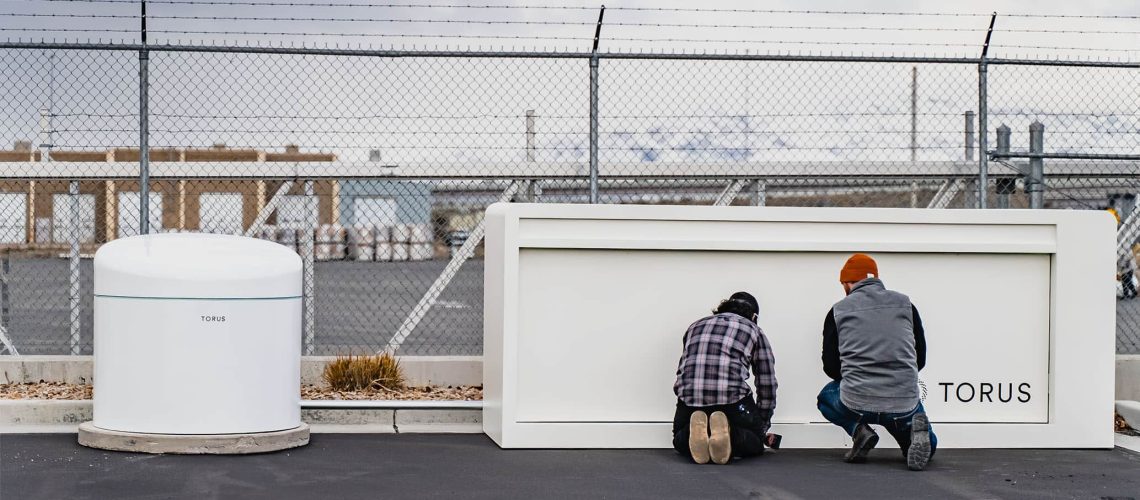Torus is embarking on one of largest commercial energy storage projects in Utah. Thanks to a landmark deal signed with Gardner Group, Torus will provide nearly 26 MWh of energy storage capacity across Gardner Group’s commercial real estate portfolio.
Under the agreement, Torus will install its Torus Station energy storage and management systems at multiple Gardner Group properties. The Stations will integrate advanced battery energy storage systems (BESS) with Torus’ proprietary software platform, enabling intelligent energy management, demand response capabilities, and seamless integration with renewable energy sources and EV charging infrastructure.
“This deal demonstrates the growing demand for advanced energy storage solutions in the commercial sector,” said Nate Walkingshaw, CEO and cofounder of Torus. “This is a significant step for energy resilience, sustainability, and cost savings across the Gardner Group portfolio.”
The project will leverage Torus’ participation in Rocky Mountain Power’s Wattsmart Battery program, which supports grid resilience through the integration of energy storage resources into a virtual power plant (VPP) ecosystem. The company’s VPP platform enables predictive analytics for demand response, energy arbitrage, and frequency regulation.
“At Gardner Group, we are committed to adopting innovative solutions that drive sustainability and operational efficiency,” said Christian Gardner, CEO of Gardner Group. “Partnering with Torus allows us to optimize our energy management, reduce our carbon footprint, and provide enhanced value to our tenants.”
The energy storage systems will be manufactured at Torus’ state-of-the-art facility in South Salt Lake, Utah, which recently celebrated its grand opening. This deal reinforces the company’s commitment to providing locally produced, advanced energy solutions that strengthen the resilience and sustainability of communities across the region.
Installation of the Torus Stations is anticipated to begin in Q4 2024, with completion expected by Q1 2026. Once fully operational, the systems will have the capacity to store and dispatch nearly 26 MWh of energy.




